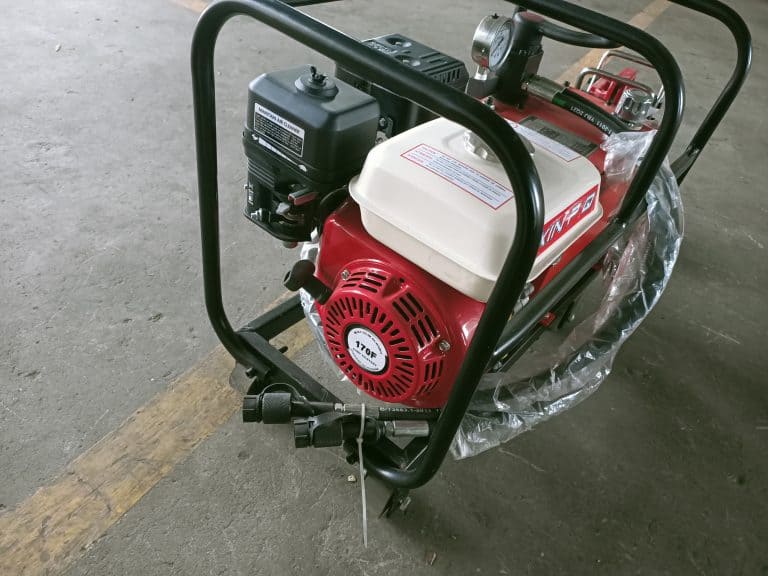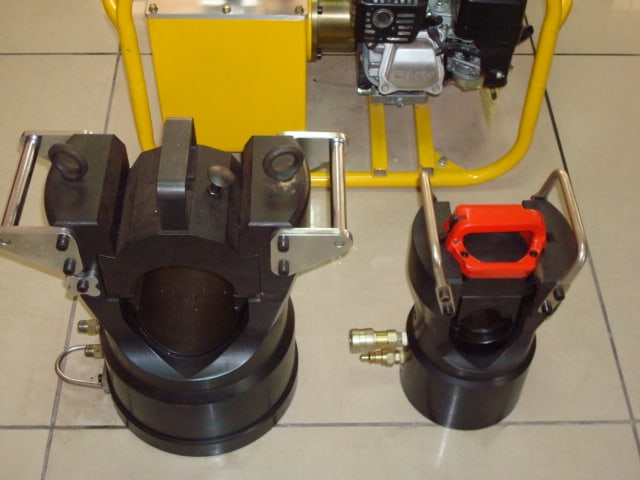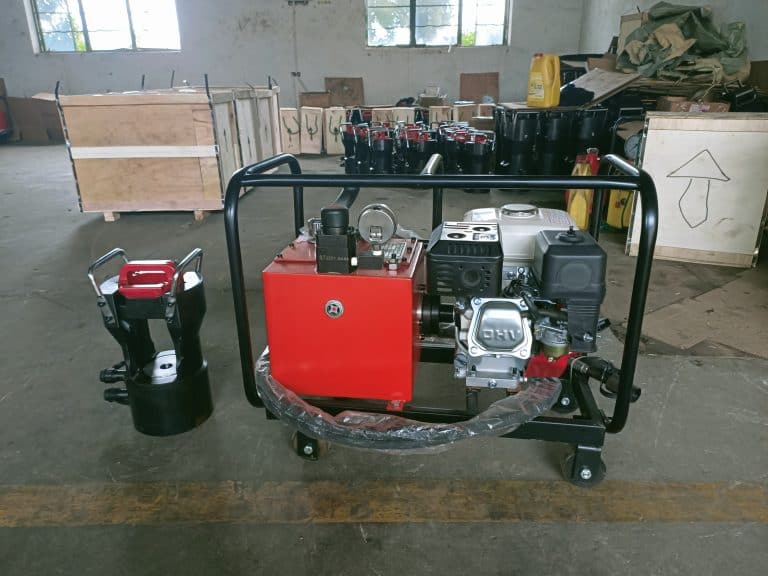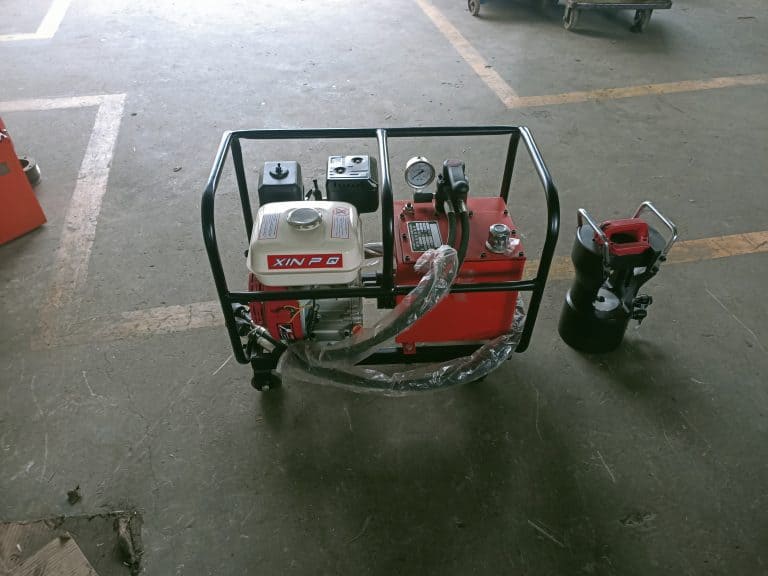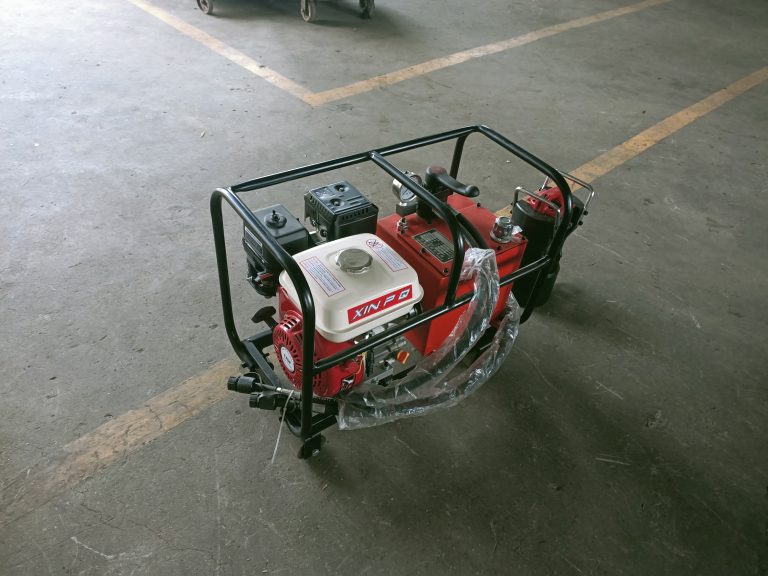Harnessing the Energy: Gas-Powered Hydraulic Pumps as Efficient Power Stations for Crimping Conductors
Gas-powered hydraulic pumps are essential components in power line construction, serving as reliable hydraulic power…
Gas-powered hydraulic pumps are essential components in power line construction, serving as reliable hydraulic power stations for crimping conductors. These pumps utilize the energy generated from an internal combustion engine to produce pressurized hydraulic fluid, which then powers various tools, such as conductor crimping devices. Let’s take a closer look at how a hydraulic pump gas-powered system works and its applications in the power line construction industry.
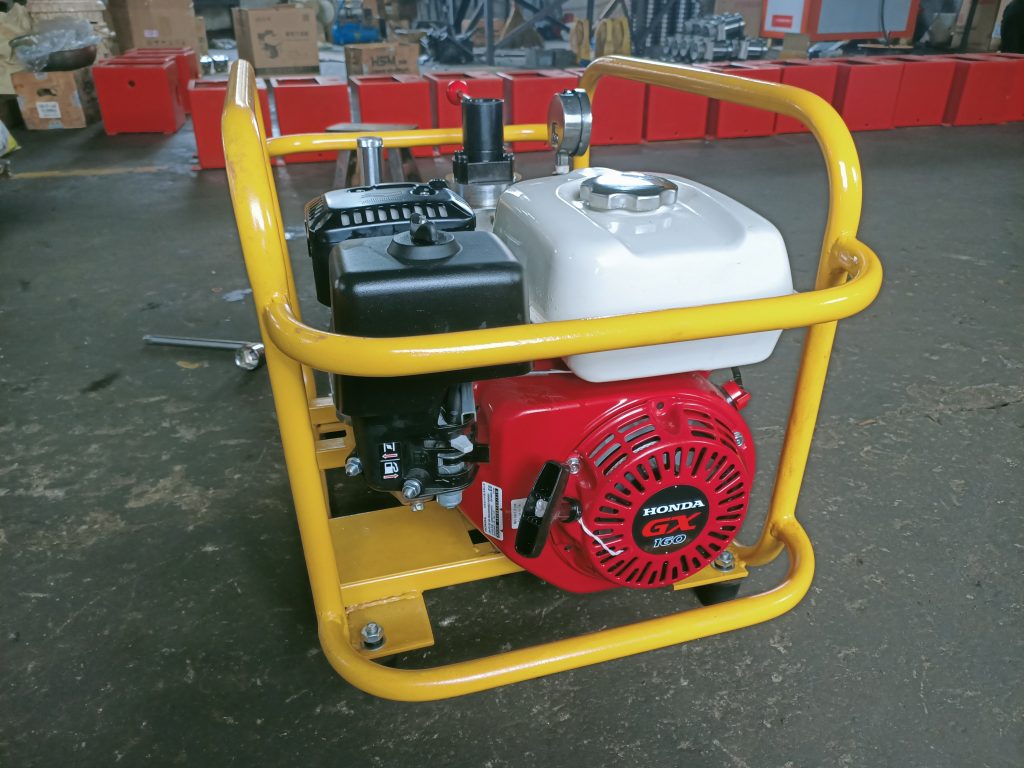
At the heart of a gas-powered hydraulic pump lies an internal combustion engine, typically running on gasoline. This engine converts fuel energy into mechanical energy, driving the hydraulic pump. The pump then transforms the mechanical energy into hydraulic energy, generating a high-pressure flow of hydraulic fluid.
The pressurized hydraulic fluid is directed through hoses and couplings to the hydraulic crimping tools used in power line construction. These crimping tools, powered by the hydraulic pump gas-powered system, enable secure and accurate connections between conductors, ensuring the integrity of the power lines being constructed.
The gas-powered hydraulic pump offers several advantages for power line construction. Its portability, fueled by its independence from external power sources, allows it to be easily transported and used in remote job sites. Additionally, the power and efficiency provided by the gas engine ensures a reliable and consistent performance, making it an ideal choice for demanding projects.
In conclusion, hydraulic pump gas-powered systems play a crucial role in power line construction by providing a dependable and efficient hydraulic power station for crimping conductors. By understanding how these systems work and their applications, professionals can harness their energy and capability to create lasting connections and ensure successful power line installations.


